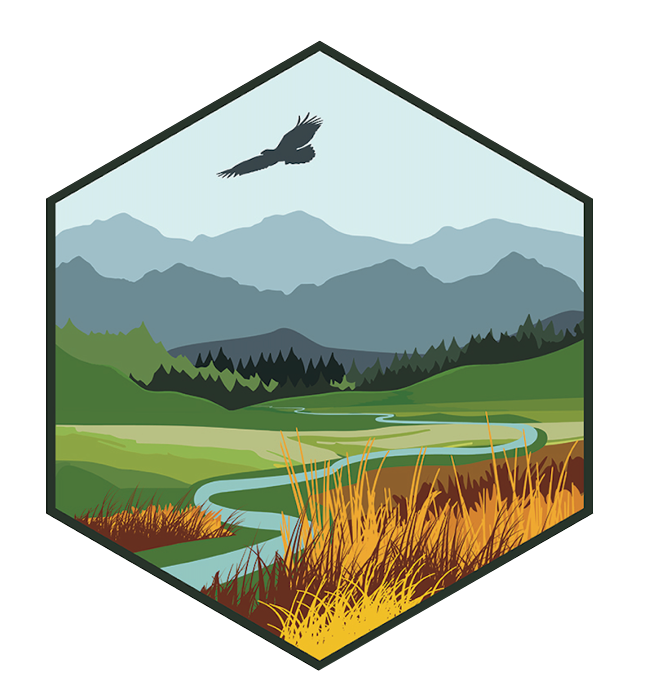James Rattling Leaf and Brian Miller to Participate in Rising Voices Workshop
New Project on Management Decisions for Amphibians Fully Open
NC CASC-USGS team members publish new paper, "Engaging with stakeholders to produce actionable science: a framework and guidance"
James Rattling Leaf Helps Standing Rock Sioux Tribe Host Climate Change Summit, Several NC CASC Staff Presented
Upcoming NCASC Webinar: Setting Habitat Protection and Restoration Priorities in a Warming World: Lessons From Wyoming
Imtiaz Rangwala Speaks at CIRES and DRI Webinar on Drought Tools
DOI Signs a Major Tribal Water Compact
When
NC CASC Webinar Series: "Forest impacts on snow water resources: management and climate adaptation possibilities"
Grasslands, and the depressional wetlands that exist throughout them, are endangered ecosystems that face both climate and land-use change pressures. Tens of millions of dollars are invested annually to manage the existing fragments of these ecosystems to serve as critical breeding habitat for migratory birds. The North American Prairie Pothole Region (PPR) contains millions of depressional wetlands that produce between 50% and 80% of the continent’s waterfowl population. Previous modeling efforts suggested that climate change would result in a shift of suitable waterfowl breeding habitat from the central to the southeast portion of the PPR, an area where over half of the depressional wetlands have been drained. The implications of these projections suggest a massive investment in wetland restoration in the southeastern PPR would be needed to sustain waterfowl populations at harvestable levels. We revisited these modeled results indicating how future climate may impact the distribution of waterfowl-breeding habitat using up-to-date climate model projections and a newly developed model for simulating prairie-pothole wetland hydrology. We also presented changes to the number of “May ponds,” a metric used by the U.S. Fish and Wildlife Service to estimate waterfowl breeding populations and establish harvest regulations. Based on the output of 32 climate models and two emission scenarios, we found no evidence that the distribution of May ponds would shift in the future. However, our results projected a 12% decrease to 1% increase in May pond numbers when comparing the most recent climate period (1989–2018) to the end of the 21st century (2070–2099). When combined, our results suggest areas in the PPR that currently support the highest densities of intact wetland basins, and thus support the largest numbers of breeding-duck pairs, will likely also be the places most critical to maintaining continental waterfowl populations in an uncertain future.
Contact Us
Want to see more? Do you have feedback? Was this site helpful? Send us an email!

